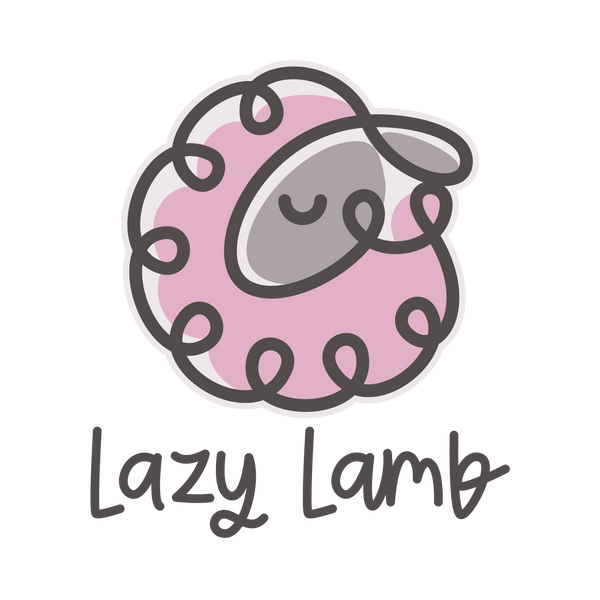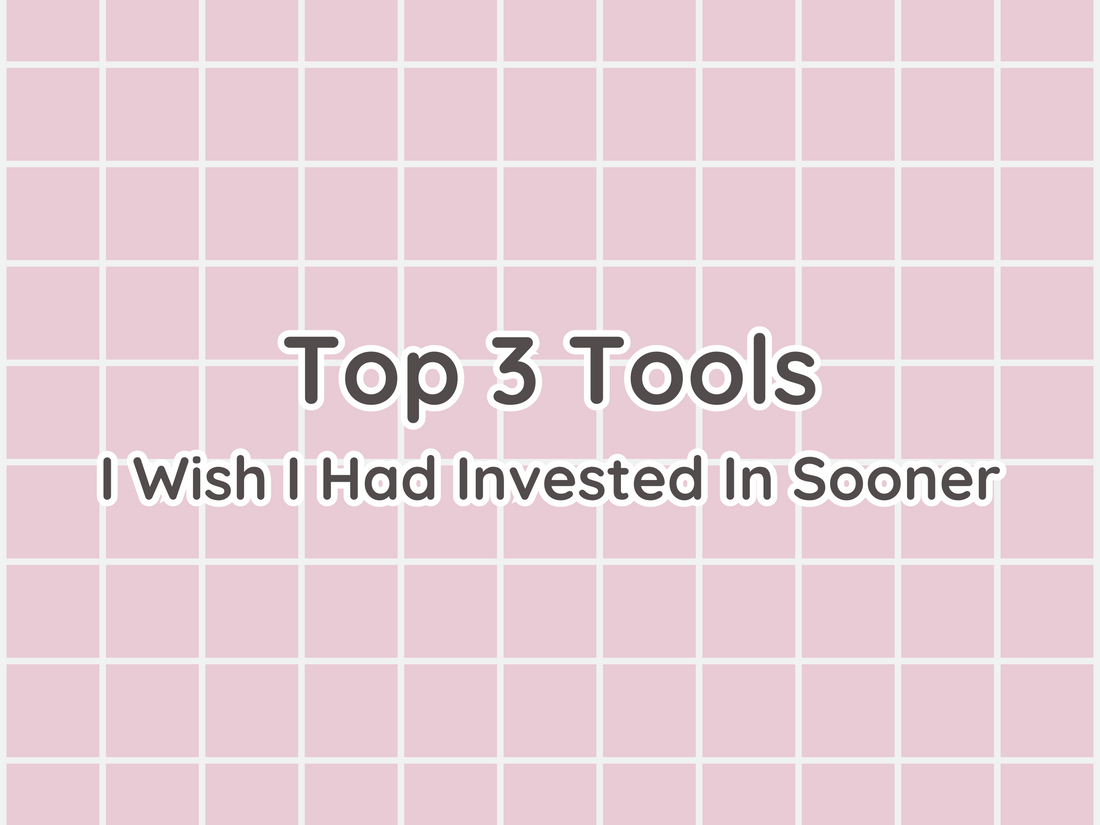I've always kinda settled for "good enough" when it comes to crafting tools. Sure, I'll invest in the best materials since that has an obvious effect on the finished product... but I can work with sub-par tools, so why spend my always-limited funds on better?
I imagine at least some of you are like me and have totally fallen victim to this mindset. It's easy! But let me tell you, as somebody who has fully been there, that some things really ought to be in your plush making (and crafting in general) arsenal the moment it's a financial possibility. Here are the top three of those things, in my experience:
1. High-quality fabric shears

The next items on this list are big investments that were hard to justify on the income of a full-time artist, but this one I truly had no excuse for waiting so long on, other than that I didn't realize how much of a difference it would make.
For almost a decade I worked with the cheapest scissors I could get that would still cut my fabric, and just sort of accepted the blisters and sore wrists as a fact of my job. After "treating myself" to an upgrade (a pair of 8" Gingher shears, as recommended by a number of my peers) I realized I had been doing myself a disservice.
Sure, lower-end scissors are mostly fine for cotton and other thinner fabrics, but most plushmaking fabric is thick and a sharp, weighty scissors makes the job of cutting through it both faster and easier on the hands. These shears have lasted me years now, and aside from probably wanting a sharpening (I keep putting it off) they're holding as strong as they were the day I got them.
2. A good embroidery machine

I spent quite some time making plush as a full-time job using an entry-level combination embroidery-sewing machine for all my embroidery work. And before that I did a lot of hand-embroidery before finally taking the computerized plunge!
The Brother SE-400 I was using is an okay little inexpensive machine for dabbling in embroidery with, don’t get me wrong, but after upgrading to their beefier 5x7 machine (and drooling over my friend’s Stellaire, which I’m not sure I could ever afford, but a girl can dream) I don’t think I could ever go back.
The features offered by a higher-level embroidery machine are simply indispensable if you’re embroidering more than on occasion. With my PE-800 I don’t have to fight about bobbin tension, carefully pre-place my fabric, or completely scrap a nearly-completed design because one thing snagged and the only option is to start over. Not to mention that while the whole sewing-embroidery thing sounds wonderfully convenient in theory… it’s not actually that fun to convert the machine back and forth multiple times a day. Eventually I broke the embroidery arm switching it out and just decided it was a sign to upgrade!
I still use my SE-400 purely for sewing and it continues to treat me well, but if I could go back in time I’d tell myself to just spring for the dedicated embroidery machine- sure, it's expensive, but it’s worth every penny in the frustration you’ll save.
3. A cutting table

Since the very beginning of my sewing career I’ve been cutting fabric on the floor, on the kitchen table, on the desk… basically everywhere but a proper sewing table. I figured hey, a flat surface is a flat surface, right? They’re all equally suited to cutting fabric!
That may be true, you can cut fabric on any flat surface, but they are not all equally suited to my back. After about 10 years slouched over yards of material, I realized it was finally time to invest in my body. Sewing isn’t exactly known to be kind to the lower back and I didn’t need to make it any worse for myself than nessecary.
I ended up purchasing a budget-friendly adjustable cutting table that folds down into just about nothing, and it was absolutely life changing. The 3 or 4 inches between the height of a desk or kitchen table and the height of a cutting table may seem insignificant, but it makes such a world of difference. I truly underestimated how badly all that slouching was hurting my body, and while I’m glad I finally invested in a fix I wish I had done so much, much sooner! Seriously, you might only cut fabric for an hour or two a day, but your back is attached to you 24/7. Treat it right!
By the way, the items I linked above are exactly what I have, but they're also affiliate links. If you happen to buy any of them, I'll get a little kickback. Totally not an attempt at selling you on these particular items! Always do your research and find something perfect for you, but if you do opt to buy any of the above tools using my link does support Lazy Lamb as well :)
Do you have any tools you wish you'd invested in sooner? I'd love to hear in the comments! Maybe I'm still missing something I didn't realize would change my life in my own studio...


2 comments
Button hole scissors. Being able to use the button hole stitch on my sewing machine, and then not have to worry about screwing up the hole with a seam ripper was LIFE CHANGING.
Man the thing i regretted not getting sooner was a rotary cutter…. spent over half a year hyper grinding and only using scissors and absolutely destroyed my hand and shoulder for a while where I couldn’t do much of anything (even flexing my hand) without pain. Lessons learned and haven’t had any issue similar to that (aside from occasionally too heavy a hand gripping the cutter whoops) since moving to using the rotary cutter as my primary cutting and then some ghingers for clean up/seam clipping.